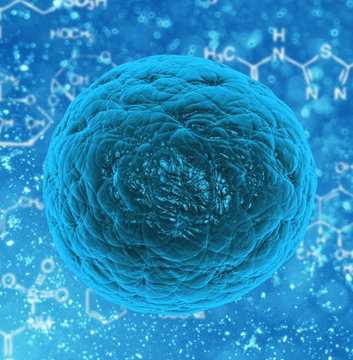
There were critical elements for the speed of China’s coronavirus response.
1. Everyone needed to know the first symptoms. These are a fever and a dry cough.
2. China had a giant network of fever hospitals. A team can go to a possible case, swab and provide a positive or negative diagnosis in four to seven hours.
3. The public health infrastructure needs to investigate cases, identify the close contacts, and then make sure they remain under surveillance. 5 and 15 percent of close contacts are infected.
4. China made coronavirus testing free and coronavirus treatment is free.
5. China increased prescriptions from one month to three months and made prescription refills available online.
There was no iceberg of undetected cases.
In Guangdong province, there were 320,000 tests done in people coming to fever clinics, outpatient clinics. And at the peak of the outbreak, 0.47 percent of those tests were positive. There were around 1500 positive cases out of 320,000 tests.
China ventilated dozens in the average hospital. Critical care was provided to nearly 5% of the cases. They used extracorporeal membrane oxygenation when ventilation did not work. Oxygenation was done by removing blood from a person’s body and oxygenating their red blood cells. This is sophisticated health care. China will have a better survival rate for critical coronavirus cases than many other countries. Italy and Iran seem to have a higher rate of people dying from critical coronavirus cases.
Coronavirus kills with an inflammatory process in the lungs. It’s not an infectious process, like a bacterial or viral infection.
An antibody test is needed to see if children are carriers of coronavirus who do not show symptoms.
